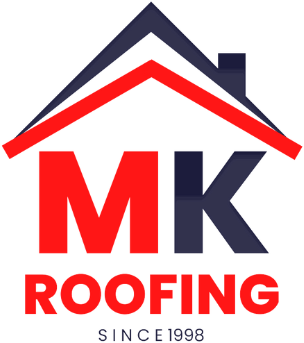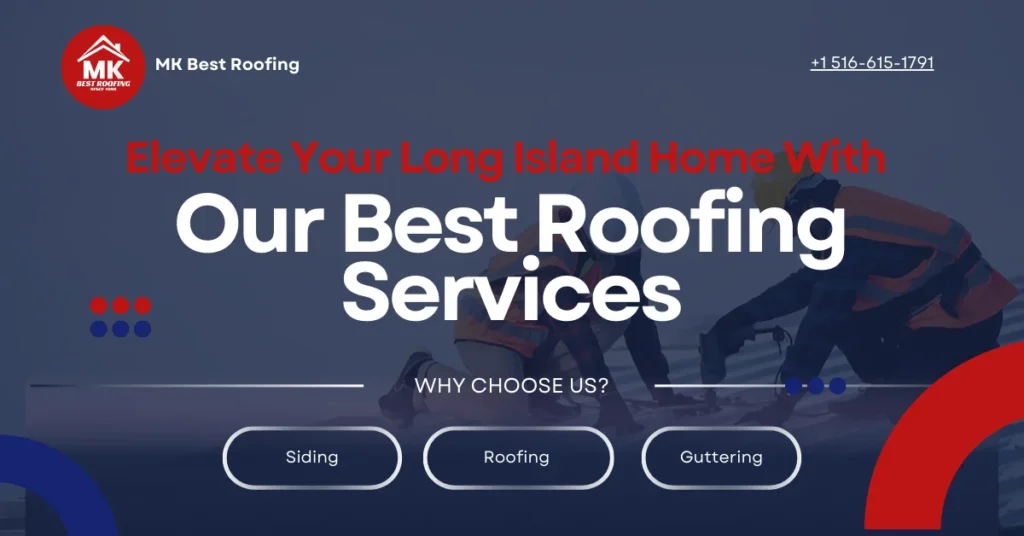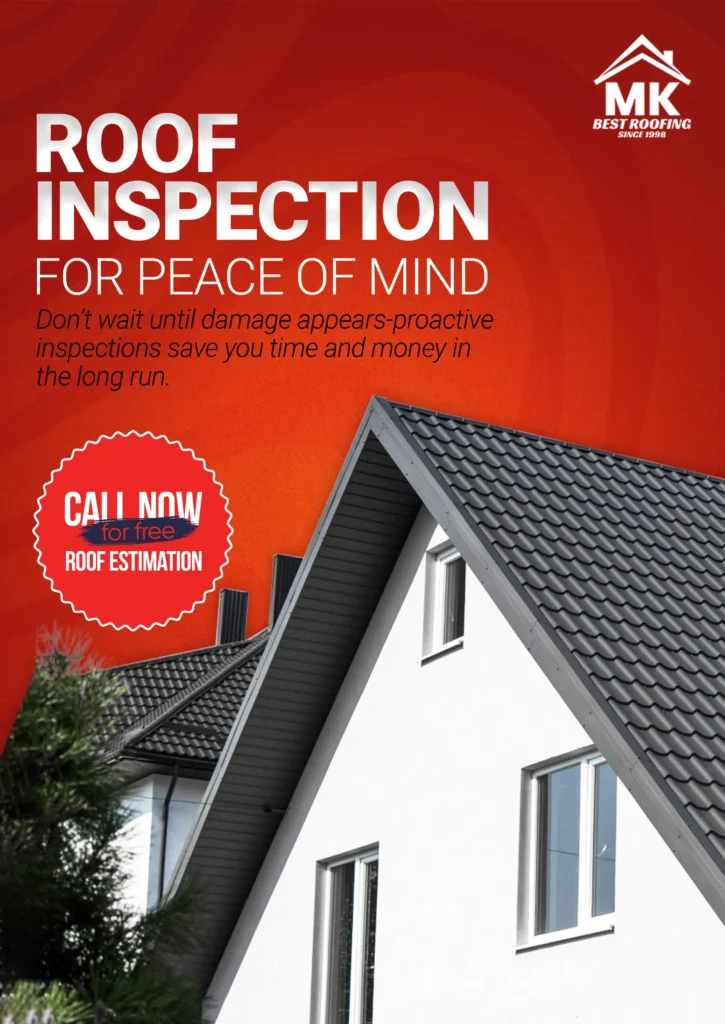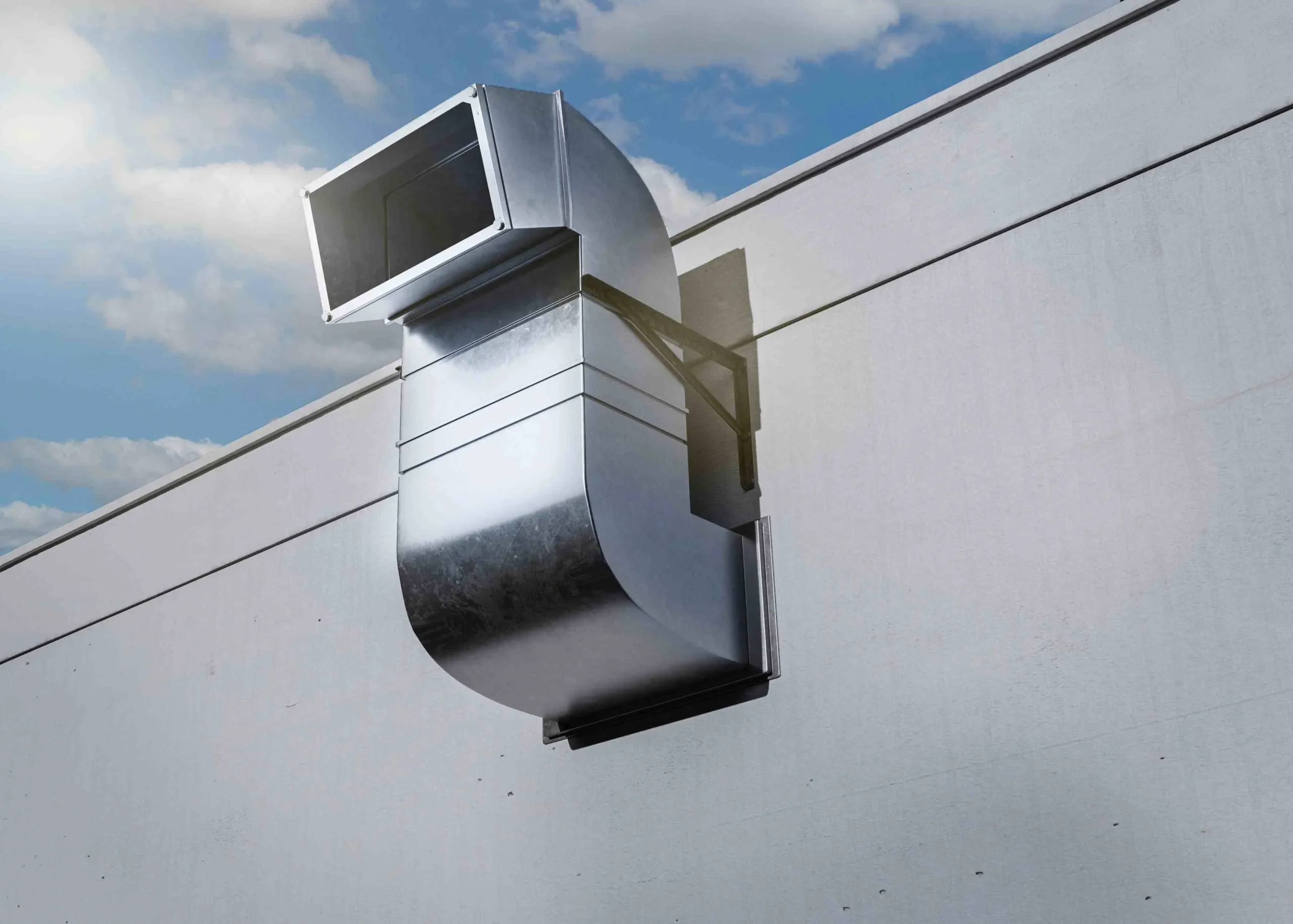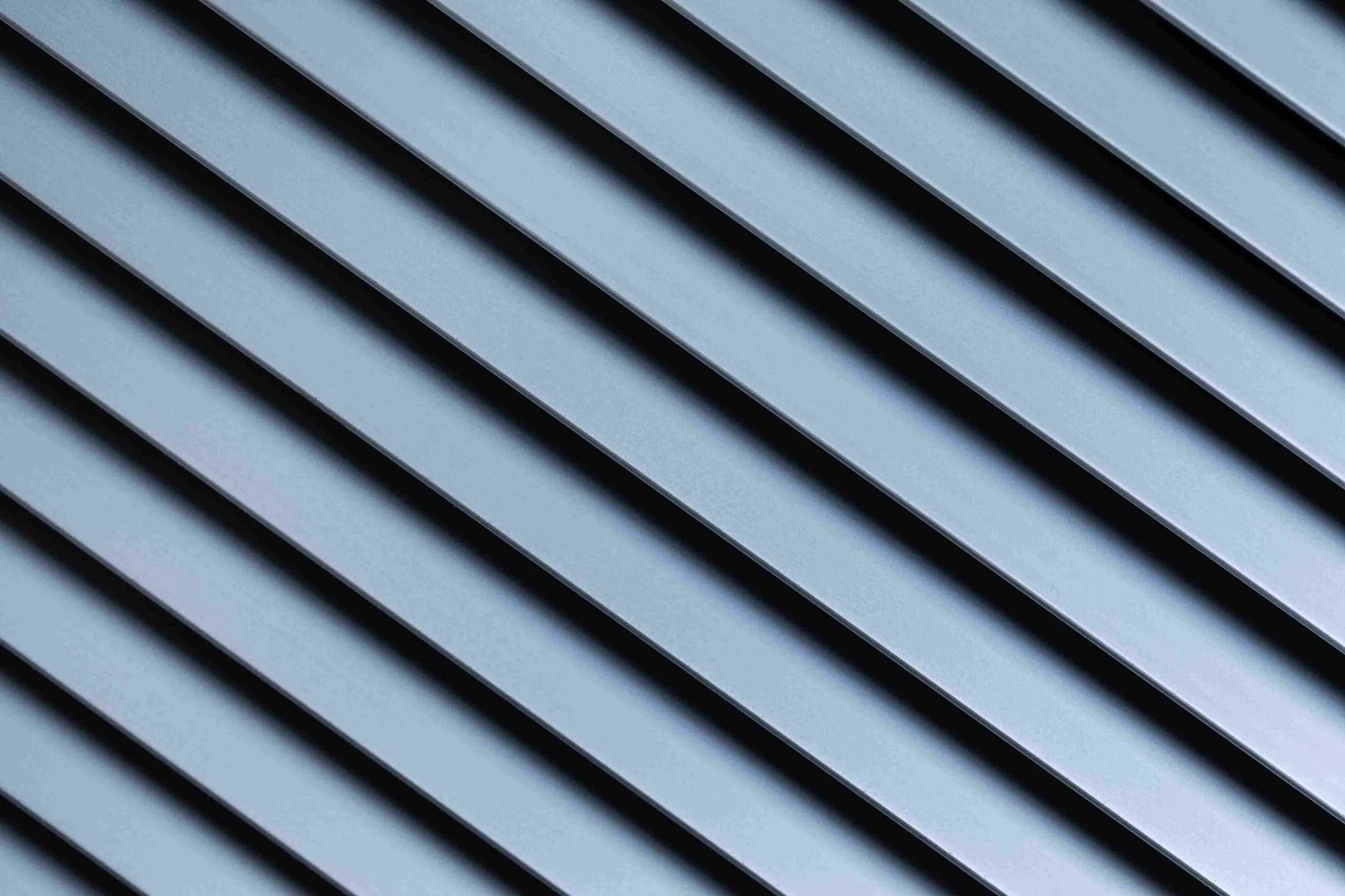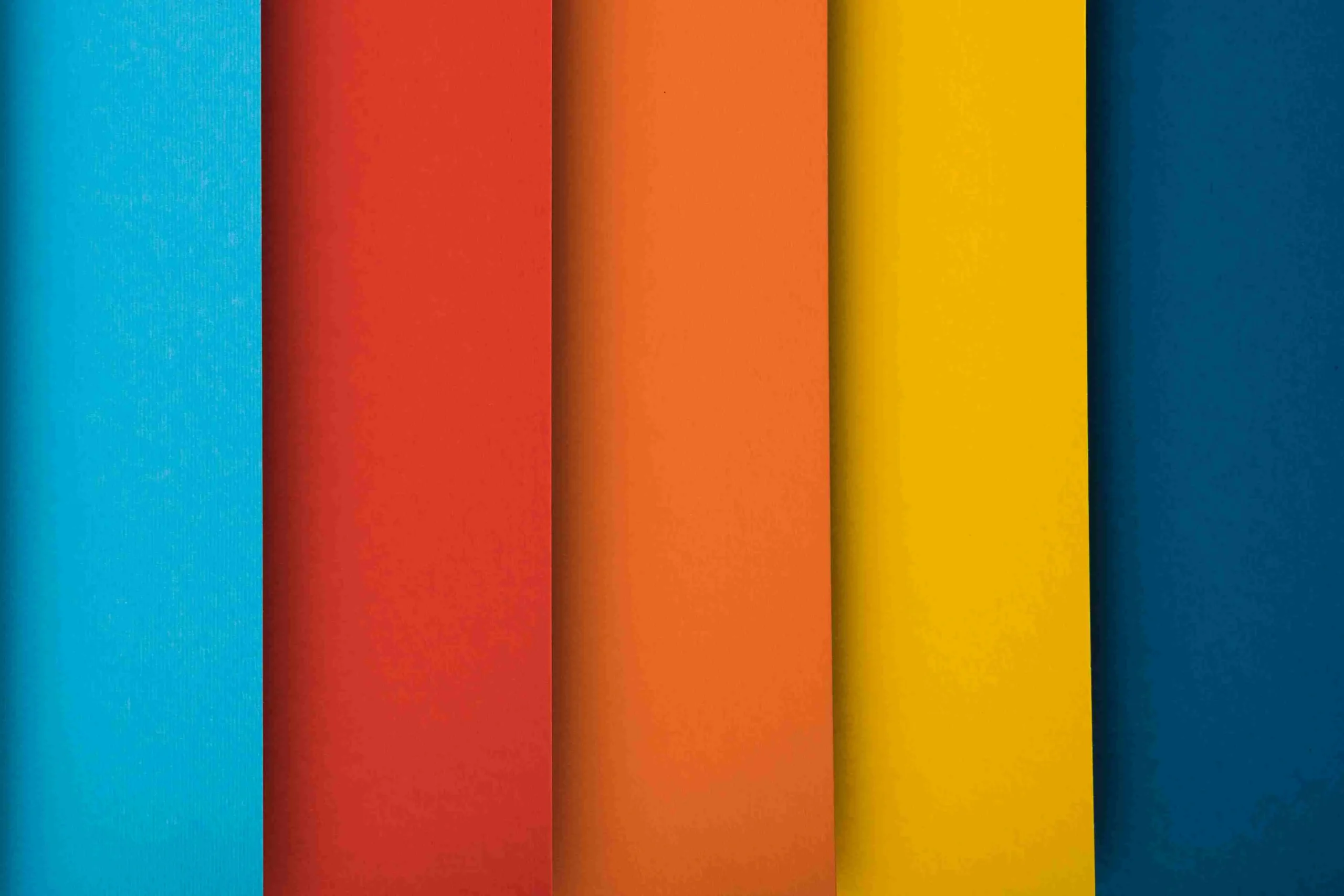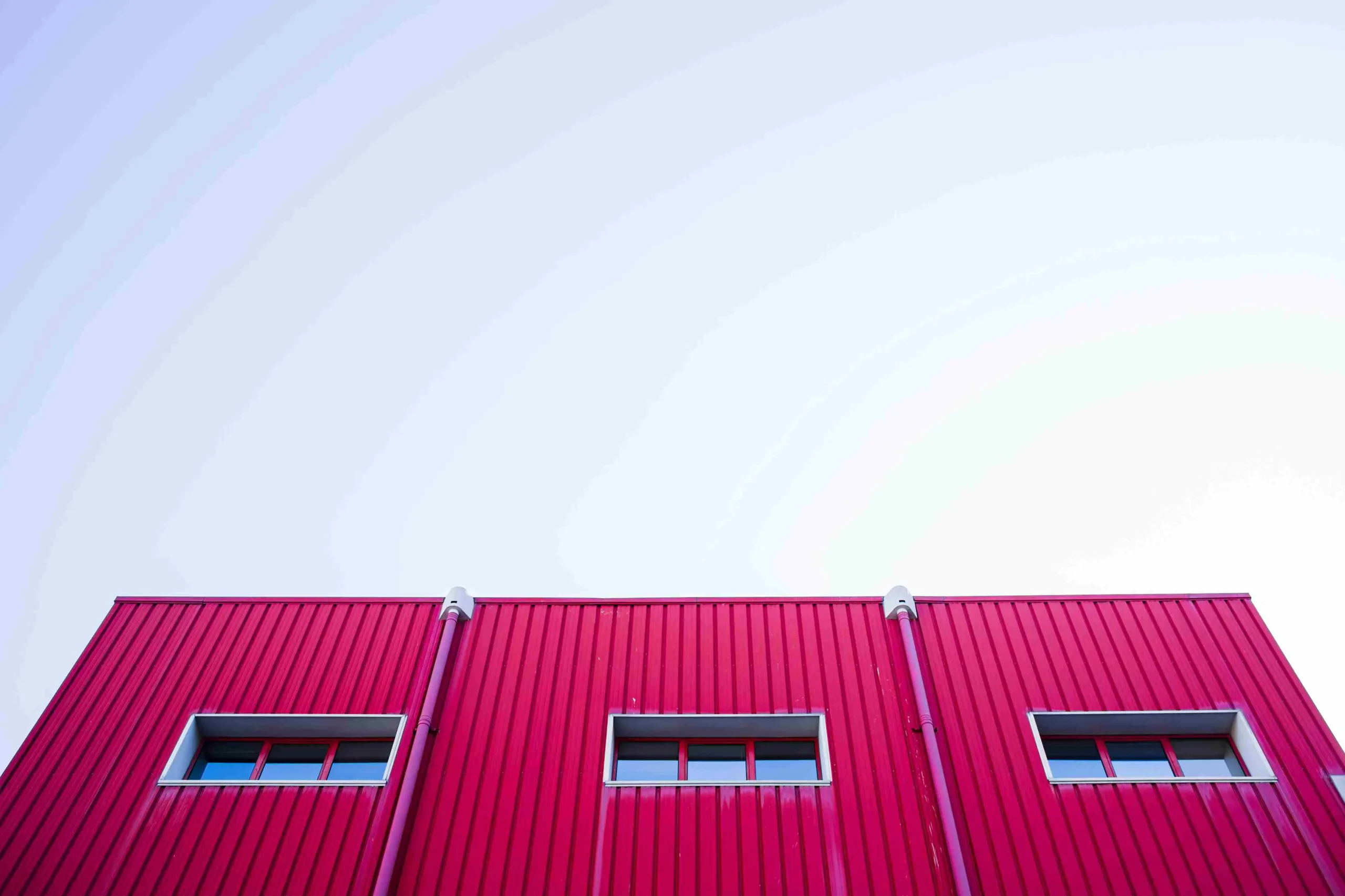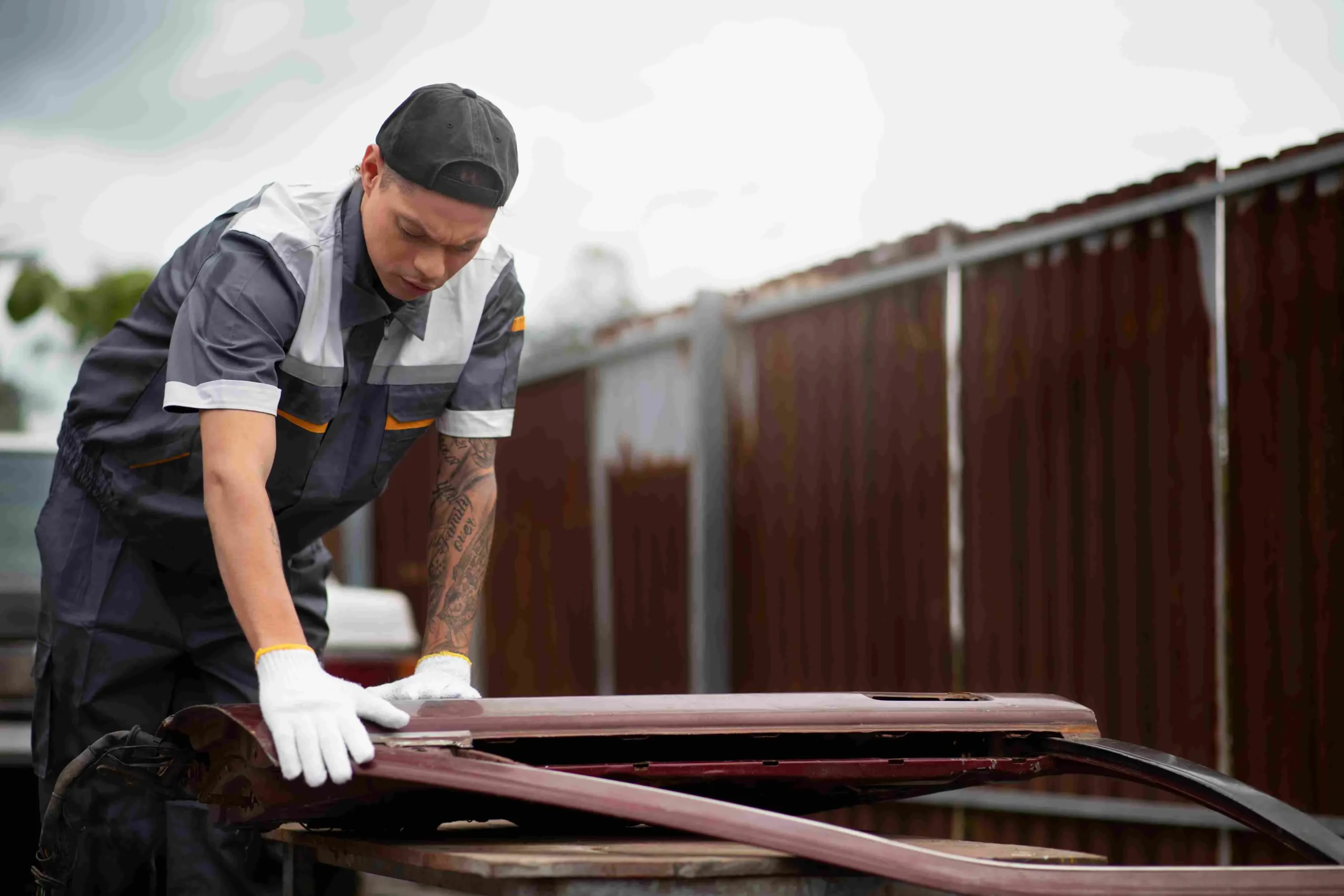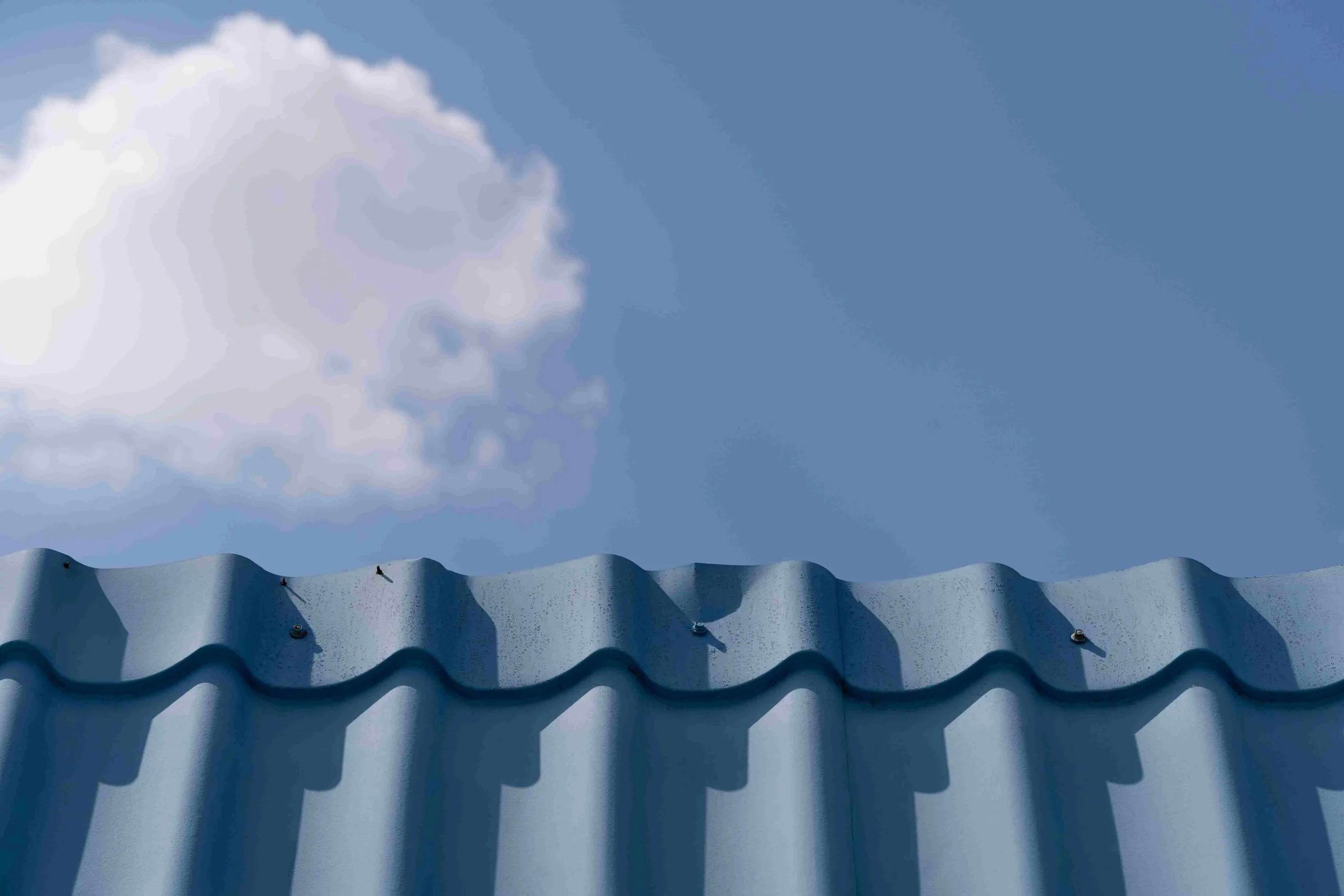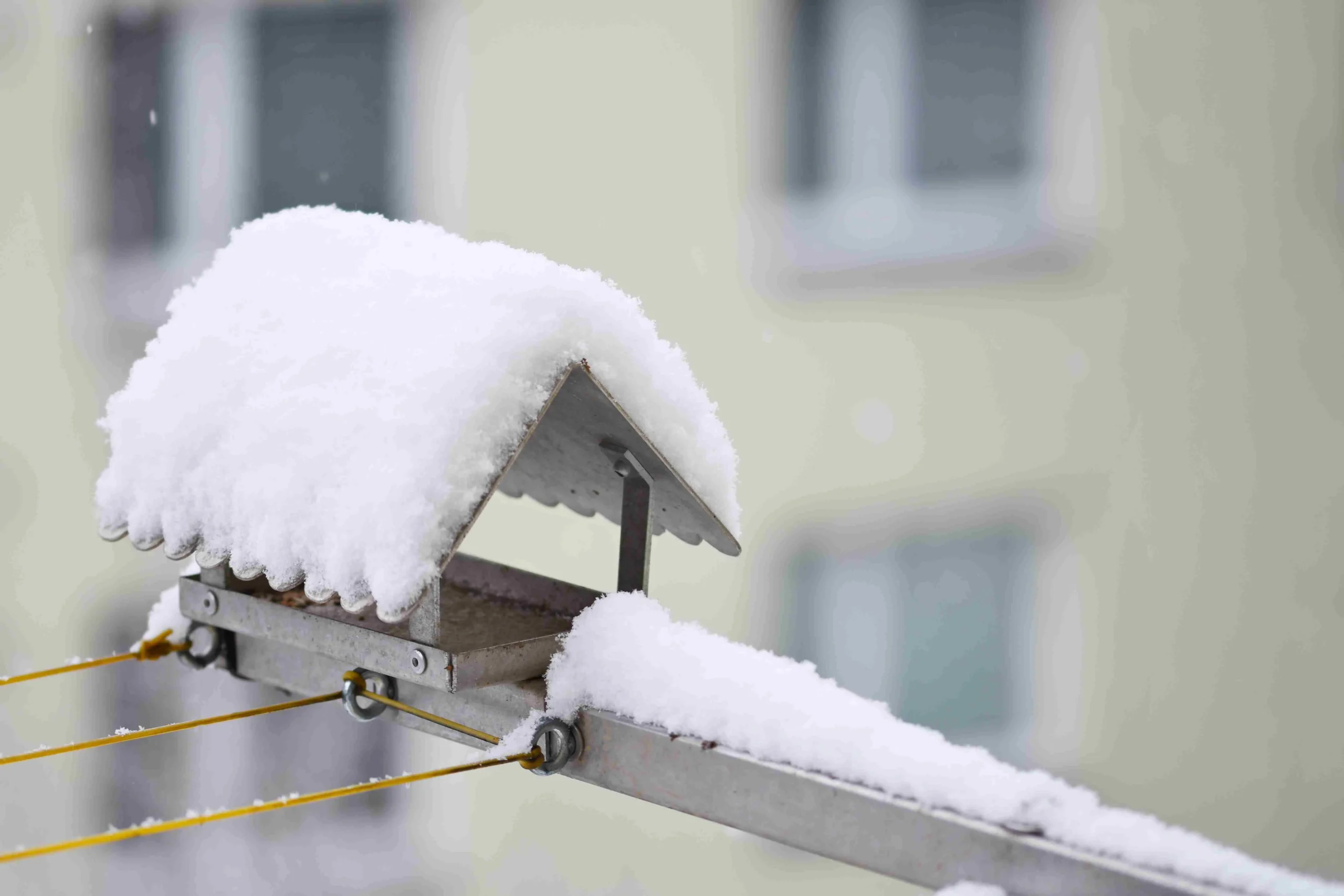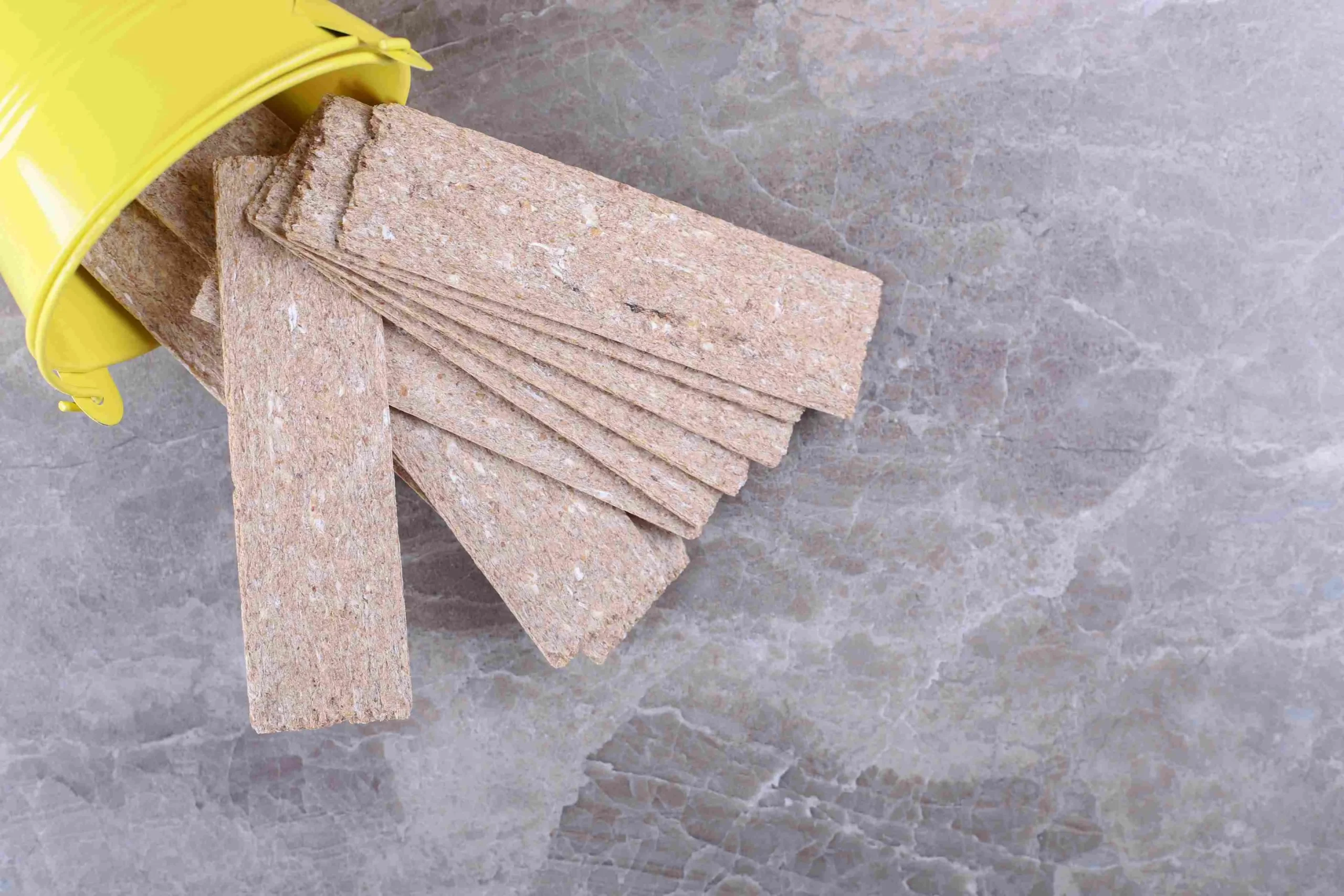Due to its strength, recognizable profile, and long-term performance, corrugated metal roofing has seen a steady rise in demand over recent years. According to the Dodge Report, the adoption of metal roofing increased from 12 percent to 17 percent between 2019 and 2021, and corrugated panels remain one of the most commonly selected metal profiles within that growth. Their appeal lies not only in appearance but also in structural efficiency, cost control, and adaptability across residential, agricultural, and light commercial applications.
Corrugated metal roofing is defined by its repeating wave-like pattern, but the real value of this design is functional. The corrugation strengthens the panel, improves load distribution, and enhances water runoff. These qualities make corrugated metal roofing a practical alternative to asphalt shingles, clay tiles, and other traditional roofing systems, especially in regions that experience heavy rain, snow, or wind.
This guide focuses specifically on corrugated metal roofing. It explores what the system is, how it is manufactured, why the corrugated shape matters, how to select the right materials and profiles, and what homeowners should realistically expect in terms of installation, maintenance, and lifespan.
What Is Corrugated Metal Roofing?
Corrugated metal roofing consists of metal sheets that are roll-formed into alternating ridges and valleys and secured to a roof structure using exposed fasteners. Because the fasteners penetrate through the panel surface and remain visible, corrugated metal roofing is classified as an exposed-fastener roofing system.
The exposed fastener design allows for quicker installation compared to concealed-fastener systems like standing seam roofing. Panels are typically installed over solid roof decking or purlins, depending on the structure, and overlapped at the sides and ends to create a continuous weather-resistant surface.
Corrugated metal roofing is used widely in residential homes, barns, sheds, workshops, warehouses, and commercial buildings. Modern coating technologies have expanded its use into architectural applications by offering a wide range of colors, finishes, and corrosion-resistant options that suit residential design standards.
Origin and Manufacturing Process of Corrugated Steel
Corrugated steel was first developed in the early 1800s by Henry Robinson Palmer while working for the London Dock Company. The goal was to create a lightweight, prefabricated building material that could be transported easily and installed quickly with minimal labor. The innovation proved successful, and corrugated steel rapidly became a standard construction material.
The strength of corrugated steel comes from its shape rather than thickness alone. By forming flat metal into waves, the panel gains rigidity and load-bearing capability without significantly increasing weight.
Modern Manufacturing Process
Today, corrugated metal panels are manufactured using a roll-forming process. Large coils of metal, typically steel or aluminum, are fed through a series of rollers that gradually shape the corrugated profile. Once the desired shape is achieved, panels are cut to length and finished with protective coatings.
The roll-forming process ensures consistent panel dimensions, uniform corrugation depth, and predictable performance. Coatings are applied to protect the metal from corrosion, UV exposure, and environmental wear.
Why the Corrugated Shape Matters
The corrugated profile is not a design choice made for aesthetics alone. The shape directly affects the structural and functional performance of the roof.
Corrugations increase panel stiffness, allowing thinner metal to span longer distances without sagging. This reduces material costs while maintaining strength. The raised ridges improve resistance to denting and deformation, especially under snow loads or foot traffic.
Water management is another key benefit. The valleys channel water downward efficiently, reducing the risk of ponding and improving drainage during heavy rainfall. When properly installed with correct overlap, corrugated panels shed water effectively even in challenging weather conditions.
The corrugated shape also contributes to wind resistance. Panels interlock through overlap and fasteners, forming a continuous surface that resists uplift when installed correctly.
Benefits of Corrugated Metal Roofing
One of the primary reasons homeowners choose corrugated metal roofing is durability. With proper installation and maintenance, corrugated metal roofs commonly last between 40 and 50 years, and in many cases longer. Unlike asphalt shingles, metal does not degrade from UV exposure in the same way and does not crack, rot, or absorb moisture.
Corrugated metal roofing performs well across different climates. It withstands high winds, sheds snow efficiently, and handles heavy rain without absorbing water. The system is particularly effective in regions with frequent storms when overlap, fastener spacing, and underlayment are installed correctly.
Another advantage is weight. Corrugated metal roofing is significantly lighter than tile, slate, or concrete roofing. This reduces structural stress and often eliminates the need for additional reinforcement when replacing an existing roof.
Energy efficiency is also a factor. Metal reflects solar radiation, helping reduce heat gain. When paired with light-colored finishes or reflective coatings, corrugated metal roofing can lower cooling costs in warm climates.
Maintenance requirements are minimal compared to traditional roofing systems. Corrugated metal roofs do not support moss or algae growth and typically require only periodic fastener inspection and debris removal.
Corrugated metal roofing is non-combustible and carries a Class A fire rating, making it suitable for fire-prone areas. It is also recyclable, contributing to environmental sustainability.
Limitations and Practical Considerations
While corrugated metal roofing offers many benefits, it also has limitations that should be understood.
Because the fasteners are exposed, washers can deteriorate over time and may need replacement. Improper fastener installation is a common cause of leaks. Thinner gauge panels may be more prone to oil canning, which appears as subtle waviness in flat areas of the panel.
Noise during rain or hail can be noticeable if the roof lacks proper insulation or solid decking. This issue can be mitigated with appropriate underlayment and attic insulation.
Corrugated roofing systems also have slope requirements. Roofs with very low pitch require additional sealing measures to prevent water intrusion at overlaps.
Choosing the Right Corrugated Metal Roofing System
Choosing the right corrugated metal roofing system starts with understanding how different panel profiles affect strength, coverage, appearance, and overall roof performance.
Panel Profiles
Corrugated metal roofing is available in multiple profiles. The most common options include 7/8-inch corrugated panels and 1/2-inch corrugated panels.
The 7/8-inch corrugated panel is the most widely used option. It offers excellent strength and wide coverage, typically around 34.67 inches. This profile is suitable for both roofing and siding applications.
The 1/2-inch corrugated panel has a lower profile and narrower coverage, approximately 21.33 inches. It is often selected for projects where weight, cost, or aesthetics are primary considerations.
Other ribbed metal panels exist, but traditional corrugated panels remain popular due to their balance of strength and affordability.
Material Options
Material selection plays a critical role in performance and longevity.
Galvanized steel is coated with zinc and offers good corrosion resistance at a lower cost. It is widely used in residential and agricultural applications.
Galvalume-coated steel uses an aluminum-zinc alloy that provides superior corrosion resistance, particularly in harsh environments. It is often recommended for long-term roofing installations.
Aluminum panels are lightweight and naturally resistant to corrosion, making them ideal for coastal regions where salt exposure is a concern.
Gauge Selection
Gauge refers to the thickness of the metal. Lower gauge numbers indicate thicker metal.
Corrugated roofing panels are commonly available in gauges ranging from 22 to 29. Thicker gauges offer better resistance to denting and wind uplift, while thinner gauges reduce material cost and weight.
The appropriate gauge depends on climate conditions, roof structure, and budget. Areas with heavy snowfall or high winds typically benefit from thicker panels.
Color and Finish Considerations
Color selection affects both appearance and performance. Light colors reflect sunlight and reduce heat absorption, making them suitable for warmer climates. Dark colors absorb more heat but may be beneficial in colder regions.
Finish type also matters. Matte finishes tend to hide surface imperfections better, while glossy finishes highlight architectural detail but may reveal waviness more easily.
Coating quality is critical. High-performance coatings last longer and resist fading, chalking, and corrosion more effectively than standard finishes.
Installation Factors Unique to Corrugated Roofing
Corrugated metal roofing relies heavily on correct overlap and fastener placement. Panels must be overlapped properly at the sides and ends to prevent water intrusion. Fasteners should be placed on ridges rather than valleys to reduce exposure to standing water.
Underlayment serves as a secondary moisture barrier and is essential for protecting the roof deck. Improper installation is one of the leading causes of premature roof failure in corrugated systems.
Maintenance Expectations Over Time
To maximize lifespan, corrugated metal roofs should be inspected periodically. Fasteners should be checked for loosening or washer deterioration. Debris should be cleared from valleys to prevent moisture buildup.
Scratches or coating damage should be addressed promptly to prevent corrosion. Professional inspections every few years can help identify minor issues before they become costly repairs.
Final Thoughts
Corrugated metal roofing remains one of the most practical and cost-effective metal roofing systems available. Its strength comes from its shape, its longevity from modern coatings, and its value from straightforward installation.
When properly selected, installed, and maintained, corrugated metal roofing provides decades of reliable performance across residential and commercial applications. For homeowners seeking durability, efficiency, and versatility, corrugated metal roofing continues to be a proven solution.
